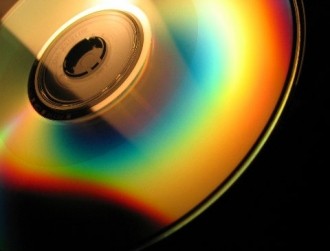The compact disc, or simply the CD as its most commonly referred to these days, turned 30 years old on October 1, 2012. This staple of my childhood provided countless hours of entertainment and functionality through music, video games, software installation and as a storage medium. It wasn't until the late '80s - early '90s that this technology went mainstream but once it did, it was an instant success.
In the music industry, CDs had a number of advantages over older technology like LPs. They were much smaller at only five inches across and features like instant track skip and larger capacity meant more music could be included on a single disc. There was no need to flip a disc and compared to the LP, CDs were much more durable. The industry would argue that compact discs sounded better than LPs although some audiophiles would disagree with that statement.
Auto manufacturers began installing CD players and CD changers in vehicles in the late '80s while portable "Walkman" style devices meant you could take music with you on the go without having to create a cassette mix tape.

Personal computers were still largely a luxury item in the early to mid '90s when most new models began shipping with a CD-ROM. These multimedia PCs were an instant success as they powered games like The 7th Guest, Myst and Voyeur that relied heavily on pre-recorded full motion video as a story-telling element.
MP3s and digital media in general have dealt a serious blow to CD technology over the past 10 years. The format is still hanging around at big box retailers even as most software and media is now available online. Notebook computers are now shipping without optical drives as flash storage and external hard drives have taken over the role of backing up data for most. It's only a matter of time before the trusty CD follows the floppy disk and other formats into the history books.
